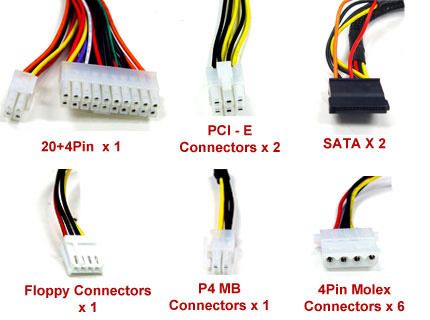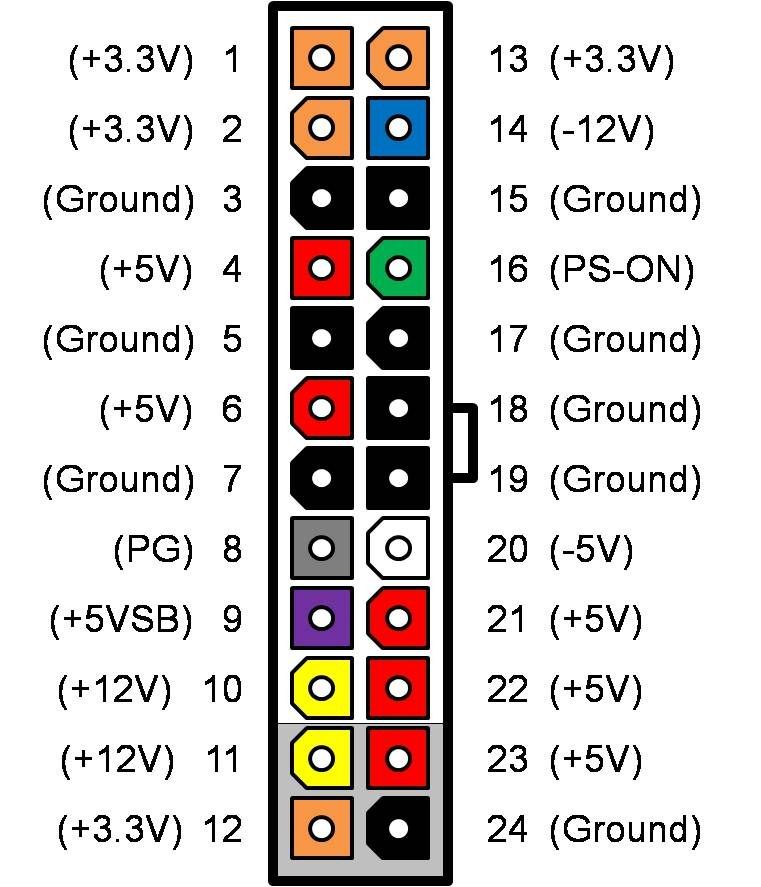My control panel has several Arduino microcontrollers, several 20x4 LCD character displays, several RS485 communication boards, and a few other digital devices that require BOTH a 5vdc general supply, as well as 5vdc logical high and low signals to tell them what to do. I'm powering my Arduinos with a 9vdc wall wart (the Arduino voltage regulators step it down to 5vdc), and the rest of the electronics in my control panel with a 5vdc wall wart. All grounds (negatives) are tied together. The positive power from the two wall warts are INDIRECTLY connected together which is my concern.
I'm wondering if I might be breaking any rules by using +5v output from the 5vdc wall wart to power my digital devices (except the Arduinos), and feeding those same devices 5v (logic high) signals coming off of my Arduinos - which as I say have a separate DC power supply? The 5v lines from the two sources are not connected directly -- but if I'm powering the device with one 5v supply, and feeding it digital logic from another 5v supply -- is that a problem?
Thank you so much for your thoughts!
Randy





